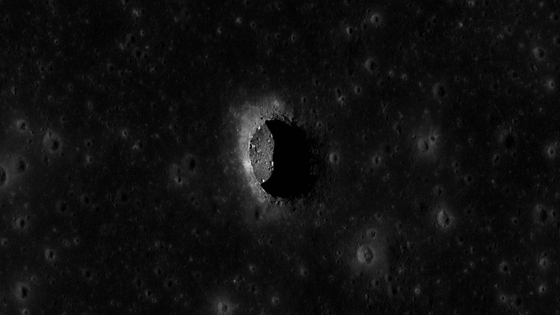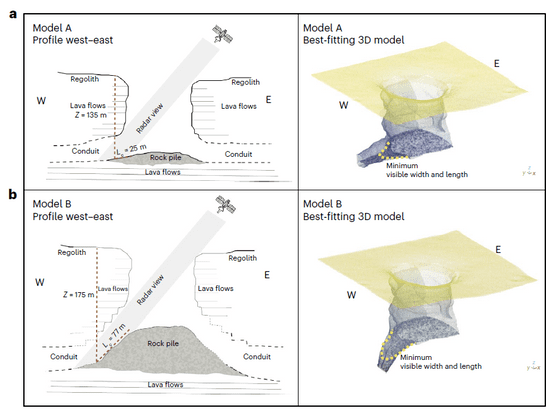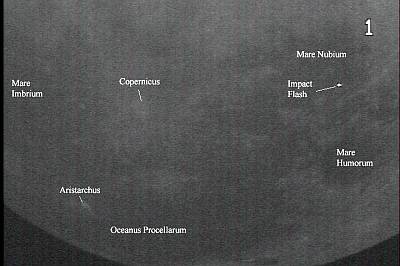A gaping hole in the moon's sea has been discovered that leads to an underground tunnel, which could be perfect for a future lunar base

by
It has been discovered that the Sea of Tranquility , where Apollo 11 made the first manned landing on the moon, has a vertical hole leading to a huge underground tunnel. These deep underground caverns are thought to be the first caverns to allow humans to venture into the harsh lunar environment. It is considered a promising base for such research.
Radar evidence of an accessible cave conduit on the Moon below the Mare Tranquillitatis pit | Nature Astronomy
https://www.nature.com/articles/s41550-024-02302-y
Underground cave found on moon could be ideal base for explorers | The moon | The Guardian
https://www.theguardian.com/science/article/2024/jul/15/underground-cave-found-on-moon-could-be-ideal-base-for-explorers
Una grotta sotto il mare della Tranquillità - MEDIA INAF
https://www.media.inaf.it/2024/07/15/tubi-lavici-lunari/
In addition to craters created by asteroid impacts, more than 200 vertical holes called 'pits' have been confirmed on the surface of the Moon, many of which are lava tubes formed by volcanic activity that have collapsed to the surface. It is believed to be a 'skylight' connected to the
Previously, photos of the lunar surface taken by the Lunar Rover ( LRO ) had shown a 10-metre-wide rock mass scattered at the bottom of a vertical hole in the Mare Tranquility, but this hole has now been filled in. It was unclear whether it was above sea level or led to an underground cavern, such as a lava tunnel.
Click this link to see the vertical holes on the moon's surface on the 'Lunar QuickMap', a joint project by NASA, Arizona State University, and others.

In a study published in the scientific journal Nature Astronomy on July 15, 2024, Leonardo Carrell of the University of Trento in Italy and his team used the Mini-Rf, a small radar installed on the LRO, to detect the Sea of Tranquility. We analyzed data from measurements of vertical holes in the
They found that there was increased radar brightness on the west side of the shaft, and through simulations, the team concluded that this data could be explained by the presence of a cave or tunnel extending from the bottom of the shaft to the west. .
The team estimates that the tunnel is 130-170 metres deep, 45 metres wide and 30-80 metres long. The cavern's surface is either flat or slopes at an angle of up to 45 degrees. It's possible, but either way, there's a good chance they'll be able to reach the tunnel.

by Leonardo Carrer et al., Nature Astronomy, 2024
The surface of the moon can reach 127 degrees when it is illuminated, but in the shadow it can drop to minus 173 degrees. It is also subject to radiation up to 150 times stronger than that on Earth, making it a harsh environment. Skylight, with its vast open space, is a promising candidate for a base for future lunar exploration missions.
'The main advantage of the cave is that it could be used for a human lunar base without the need for complex construction work,' said Carrel.
The existence of the vertical hole analyzed by Carrell and his colleagues was reported by JAXA in 2009.
Related Posts:







